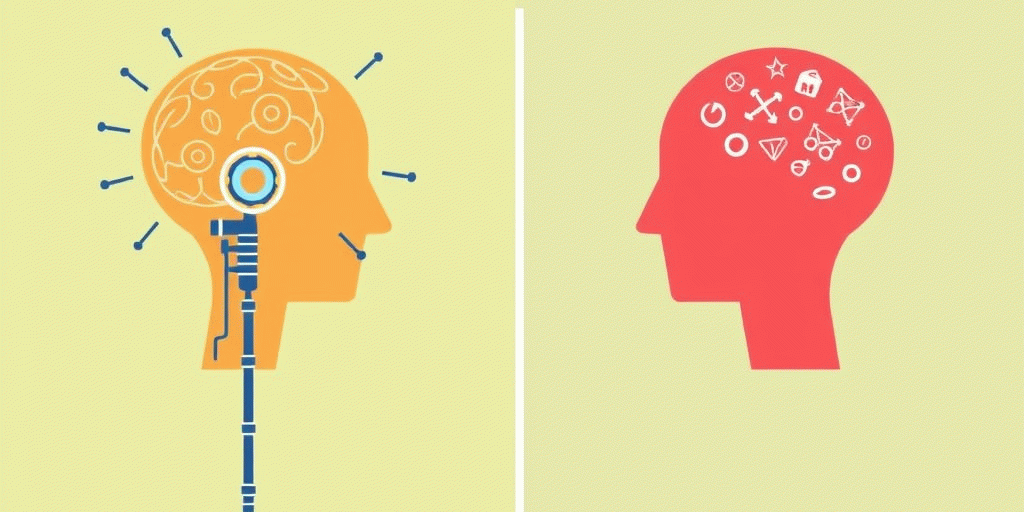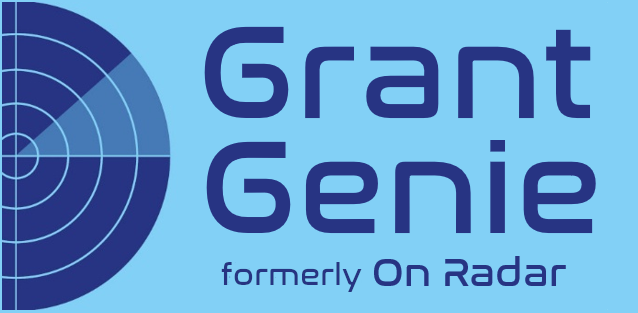 arrow_back
edit
arrow_back
edit
Is AI Grant Matching Actually Better Than Doing It Myself?
(An Honest Comparison)
"Do I really need AI to find grants, or am I just being lazy?"
It's a fair question, and one we hear more often than you might think. Many charity professionals worry that using AI grant-matching tools means they're somehow "cheating" or not doing their due diligence. Others wonder if the technology actually works better than good old-fashioned manual research.
Let's settle this debate once and for all with an honest comparison of both approaches, including when AI falls short and when manual research still wins.
The Manual Grant Research Reality Check
What Manual Research Actually Involves
Time Investment:
- Initial database searches: 3-4 hours per funding round
- Reading through eligibility criteria: 2-3 hours per potential funder
- Cross-referencing requirements with your project: 1-2 hours per grant
- Tracking deadlines and requirements: Ongoing administrative time
Typical Process:
- Search multiple grant databases and websites
- Create spreadsheets to track opportunities
- Read through lengthy application guidelines
- Check eligibility criteria one by one
- Research funder priorities and past awards
- Manually filter by location, funding amount, and sector
Success Rate: Experienced grant researchers typically find 8-12 relevant opportunities per day of focused research.
Where Manual Research Excels
Relationship Building:
- Direct contact with funder representatives
- Understanding nuanced funder preferences
- Building long-term partnerships
- Accessing "hidden" opportunities through networks
Complex Eligibility Assessment:
- Interpreting unusual or complex criteria
- Understanding political or strategic considerations
- Assessing competitive landscape
- Evaluating realistic chances of success
Local Knowledge:
- Understanding regional funding priorities
- Knowing local funder personalities and preferences
- Accessing community-specific opportunities
- Leveraging existing relationships
How AI Grant Matching Actually Works
The Technology Behind It
AI grant matching uses embedding models and cosine similarity algorithms to:
- Analyse your project description semantically (not just keywords)
- Compare it against thousands of grant opportunities
- Score matches based on relevance and fit
- Filter by practical criteria (location, funding amount, deadlines)
What AI Does Better
Speed and Coverage:
- Searches thousands of grants in seconds
- Never misses opportunities due to fatigue or oversight
- Processes complex eligibility criteria consistently
- Updates matches as new grants become available
Objective Analysis:
- No unconscious bias in opportunity selection
- Consistent evaluation criteria
- Doesn't get overwhelmed by information overload
- Finds connections humans might miss
Pattern Recognition:
- Identifies successful funding patterns
- Spots emerging funder priorities
- Connects projects with unexpected but relevant funders
- Learns from successful applications
Where AI Currently Falls Short
Relationship Context:
- Can't assess funder mood or current priorities
- Doesn't understand political sensitivities
- Misses networking opportunities
- Can't build personal connections
Nuanced Interpretation:
- May miss subtle eligibility requirements
- Struggles with very new or unusual project types
- Can't assess the competitive landscape as well as humans
- May not understand regional funding politics
The Real Success Rate Comparison
Manual Research Results:
- Experienced researchers: 60-70% of identified grants are genuinely suitable
- Inexperienced researchers: 30-40% suitability rate
- Time per suitable opportunity: 2-4 hours
- Opportunities missed: 20-30% due to human limitations
AI Driven Research Results:
- Match accuracy: 80-90% relevance for top matches
- Time per suitable opportunity: 5-10 minutes
- Coverage: 95%+ of available opportunities considered
- Consistency: Same quality regardless of researcher experience level
- Cost Comparison: The Numbers Don't Lie
Cost Comparisons:
Manual Research Costs:
- Staff time: £25-40 per hour for experienced researchers
- Database subscriptions: £200-500 annually
- Training and development: £500-1,500 per person
- Opportunity cost: Time not spent on other fundraising activities
Total cost per suitable grant identified: £80-150
AI Matching Costs:
- Platform subscription: £25-35 monthly
- Staff time for review: £10-20 per search
- Learning curve: Minimal
Total cost per suitable grant identified: £15-25
When to Use Which Approach
Choose Manual Research When:
- You're applying for grants over £500,000
- Building relationships is crucial for your sector
- You have very unusual or innovative projects
- You're targeting specific, relationship-based funders
- You have experienced grant researchers with time available
Choose AI Matching When:
- You're looking for grants under £500,000
- You have limited research experience
- Time is a major constraint
- You want comprehensive coverage of opportunities
- You're doing regular, ongoing grant searching
The Hybrid Approach (Best of Both Worlds):
- Use AI to identify initial opportunities quickly
- Apply manual research to top matches for deeper analysis
- Use AI for ongoing monitoring of new opportunities
- Reserve manual research for relationship building and major applications
Myth Busting: Common Misconceptions About AI Grant Matching
"AI will replace human judgment"
Reality: AI finds opportunities; humans still need to assess fit and strategy.
"AI only works for simple projects"
Reality: AI often finds unexpected connections that humans miss.
"Manual research is always more thorough"
Reality: Humans get tired, miss things, and have unconscious biases.
"AI matching is just keyword searching"
Reality: Modern AI understands context and meaning, not just keywords.
The Uncomfortable Truth About Grant Research
Here's what most people won't tell you: Most manual grant research is inefficient and inconsistent.
- 70% of charity staff doing grant research have no formal training
- The average researcher misses 30% of suitable opportunities
- Manual research quality varies dramatically based on mood, energy, and experience
- Most organisations can't afford dedicated, experienced grant researchers
AI doesn't replace good grant research - it democratizes it, giving smaller charities access to the same quality of opportunity identification that larger organisations with dedicated teams enjoy.
Questions to Ask About Your Current Approach
- How many hours do we spend on grant research monthly?
- What's our current success rate from research to application?
- Are we missing opportunities due to limited research capacity?
- How consistent is our research quality across different staff members?
- What's our actual cost per suitable grant identified?
The Bottom Line
AI grant matching isn't about replacing human expertise - it's about amplifying it. The most successful charities use AI to handle the heavy lifting of opportunity identification, then apply human judgment for relationship building, strategic assessment, and application development.
The ideal approach combines:
- AI efficiency for comprehensive opportunity scanning
- Human insight for relationship building and strategic decisions
- Manual research for high-value, complex applications
- AI monitoring for ongoing opportunity awareness
Conclusion
The question isn't whether AI is "better" than manual research - it's about using the right tool for the right job. AI excels at comprehensive, consistent opportunity identification, while humans excel at relationship building and strategic assessment.
For most charities, the hybrid approach delivers the best results: use AI to ensure you're seeing all available opportunities, then apply human expertise where it adds the most value. This combination typically increases both the quantity and quality of grant opportunities identified while reducing overall research costs.
The goal isn't to choose between AI and human research - it's to use both strategically to maximise your funding success while minimising wasted time and effort.
Updated: 21st Jun 25

